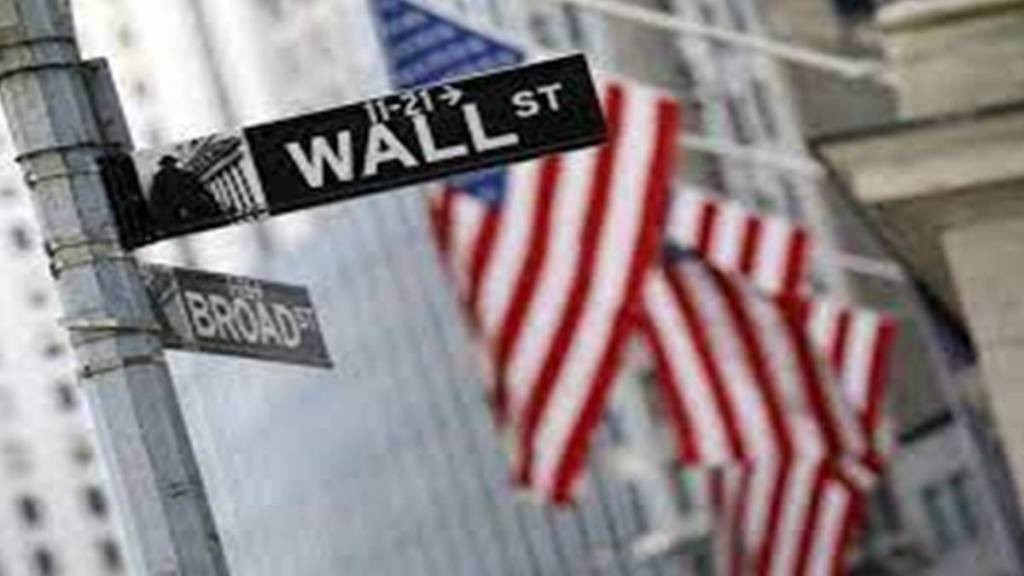US stocks fell in Wednesday’s directionless trade. Both the S&P and the Nasdaq fell for a sixth session, with the S&P hitting its lowest finish since November 20 and the Nasdaq since July 20. By the afternoon, equity markets had recovered some of their earlier losses, but in the final hour of trading, they substantially declined amid comments from the BoE’s Bailey that the central bank’s recently announced bond-buying programme would not be extended past Friday.
Investors are on edge as they wait for consumer price index data (CPI) that might determine whether the Federal Reserve announces a fourth consecutive outsized increase in interest rates, adding stress to an already fragile global economy. The US CPI data release is scheduled for today October 13.
Also Read: US CPI data release to impact stock market
The Federal Reserve Board and the Federal Open Market Committee on Wednesday released the attached minutes of the Committee meeting held on September 20–21, 2022. The US Federal Reserve had earlier announced a 75 basis points (bps) rate hike in its FOMC meeting held on September 21. The dot plot showed Fed officials expected rates to rise to 4.4% in 2022 and 4.6% next year both exceeding market expectations.
The Fed’s meeting’s minutes contained information that some members may have thought about slowing the rate hikes. Fed officials expect higher rates to stay in place, meeting minutes show.
Also Read: What is Dollar Index and how it impacts the stock market – Explained
Minutes of the meeting show that the information available to the members at the time of the September 20–21 meeting suggested that U.S. real GDP was increasing at a modest pace in the third quarter after having declined over the first half of the year. Labor demand remained strong, and the labor market continued to be very tight.
Many participants emphasized that the cost of taking too little action to bring down inflation likely outweighed the cost of taking too much action. Several participants underlined the need to maintain a restrictive stance for as long as necessary.
The market-implied path suggested reasonable odds of an additional 75 basis point and 50 basis point rate increases at the November and December meetings, respectively. Market participants generally anticipated a further slowing in the pace of rate increases after December, with the peak policy rate being reached in the first half of 2023.


